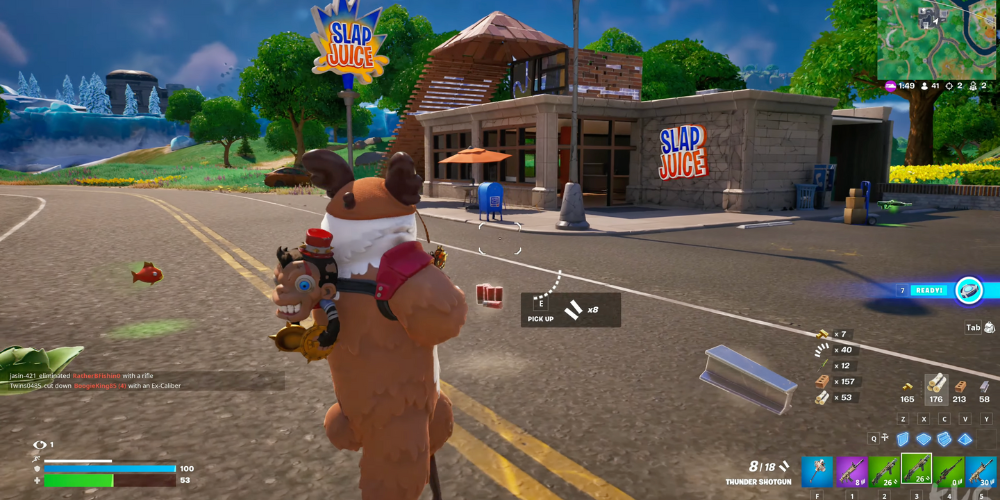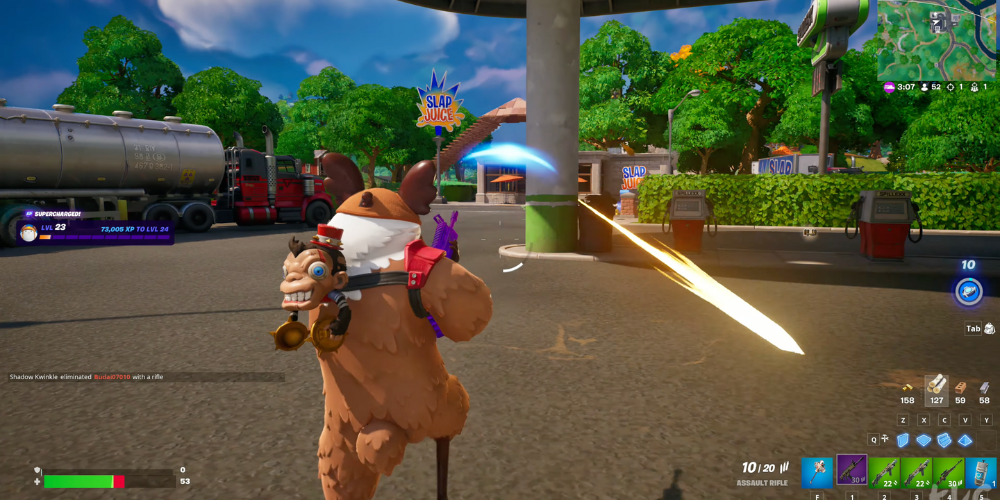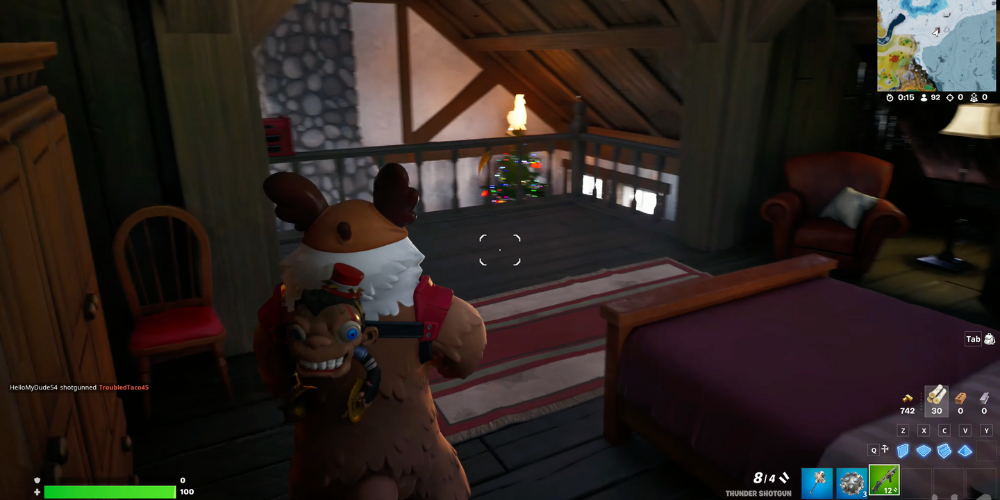Fortnite Battle Royale: Winning Strategies and Hidden Secrets

As one of the most popular games in the world, Fortnite Battle Royale captures the imagination of players with its dynamic gameplay, unique building mechanics, and intense combat scenarios. Whether you're a beginner trying to secure your first victory or a seasoned player aiming to enhance your skills, understanding the depth of the game’s strategy and uncovering its secrets is fundamental. This guide provides an in-depth look at tactical approaches and hidden nuances that could give you an edge over your competitors.
Strategic Landing Choices
Choosing an initial landing spot in Fortnite Battle Royale is a critical move that shapes the trajectory of the entire match. Players should aim to land in areas that balance the availability of resources with the density of other players. Popular spots like Tilted Towers or Retail Row often provide plenty of loot but come at the risk of early confrontations. On the other hand, landing in more secluded areas might secure safety early on but could leave you under-equipped for later fights. Monitoring the bus path and anticipating where players are most likely to drop can help in making an informed decision on where to land.
Effective Resource Management
Managing resources effectively is key to surviving and thriving in Fortnite Battle Royale. This includes building materials, weapons, and healing items. Players should aim to gather enough wood, brick, and metal to build defensive structures in battle quickly. Keeping a balanced inventory of weapons for different ranges — such as shotguns for close quarters and assault rifles for medium range — can make you versatile in combat. Additionally, never overlook the importance of stocking healing items like bandages and shield potions, which can be a deciding factor in longer battles.
Mastering Building Techniques

Building is what sets Fortnite apart from other battle royale games, providing a unique mechanic that offers both defensive and offensive advantages. Mastering quick and efficient building can save you in dire situations and give you a height advantage during confrontations. Practice building basic structures like ramps and walls quickly in safe areas before engaging in high-pressure fights. Experimenting with different structures can also lead to discovering new strategies, such as creating traps or safe zones for healing.
Sharpening Combat Skills
Combat proficiency is essential in Fortnite Battle Royale, where every engagement could lead to significant placement changes. Improving aim, understanding weapon mechanics, and learning to anticipate other players’ movements are all crucial. Players can practice aiming and shooting in the Playground or by engaging in more fights during games. Each weapon type has unique aspects like recoil patterns and reload times, so familiarity can greatly increase effectiveness in battle.
Utilizing the Element of Surprise

The ability to surprise your opponents gives you a tactical advantage in Fortnite. This can be achieved in various ways, such as utilizing stealth techniques, using disguises like the bush item, or employing deceptive building tactics. Staying undetected till the later stages of the game can also keep you out of unnecessary skirmishes and conserve resources for the final battles.
Adapting to the Game’s Evolving Landscape
Epic Games frequently updates Fortnite Battle Royale, introducing new weapons, items, or changes to the game’s map. It's essential to stay updated with these shifts and modify your tactics to maintain a competitive edge. Read patch notes, watch community content creators, and engage in community discussions to stay updated and understand how new changes might affect game dynamics.
Learning from Each Game
Every game of Fortnite is an opportunity to learn and improve. Reviewing your gameplay by watching replays can help identify mistakes and highlight successful strategies. Pay attention to how you manage confrontations, the decisions you make under pressure, and how effectively you use resources. Constant self-critique and learning from not just your own experiences but also from top players by watching their streams and reading their game analyses can significantly improve your tactical execution.
Playing With a Team: Communication Is Key

While solo play is significant, Fortnite’s squad and duo modes require good team coordination and communication. Effective communication helps in synchronizing moves, sharing resources, and devising complex strategies. Use tools such as voice chat to keep your team informed about enemy positions, resource needs, or even your battle strategy. Working well as a team can dramatically increase the chances of securing that elusive victory.
In conclusion, Fortnite Battle Royale offers a myriad of strategic dimensions that demand both quick thinking and sharp skills. By mastering effective landing strategies, resource management, building, and combat while staying adaptable and learning from each encounter, players can significantly enhance their chances for success. Remember, each game is a new opportunity to implement learned strategies and further refine your skills. Embrace each challenge, and you’ll find yourself reaping the rewards in the world of Fortnite.








